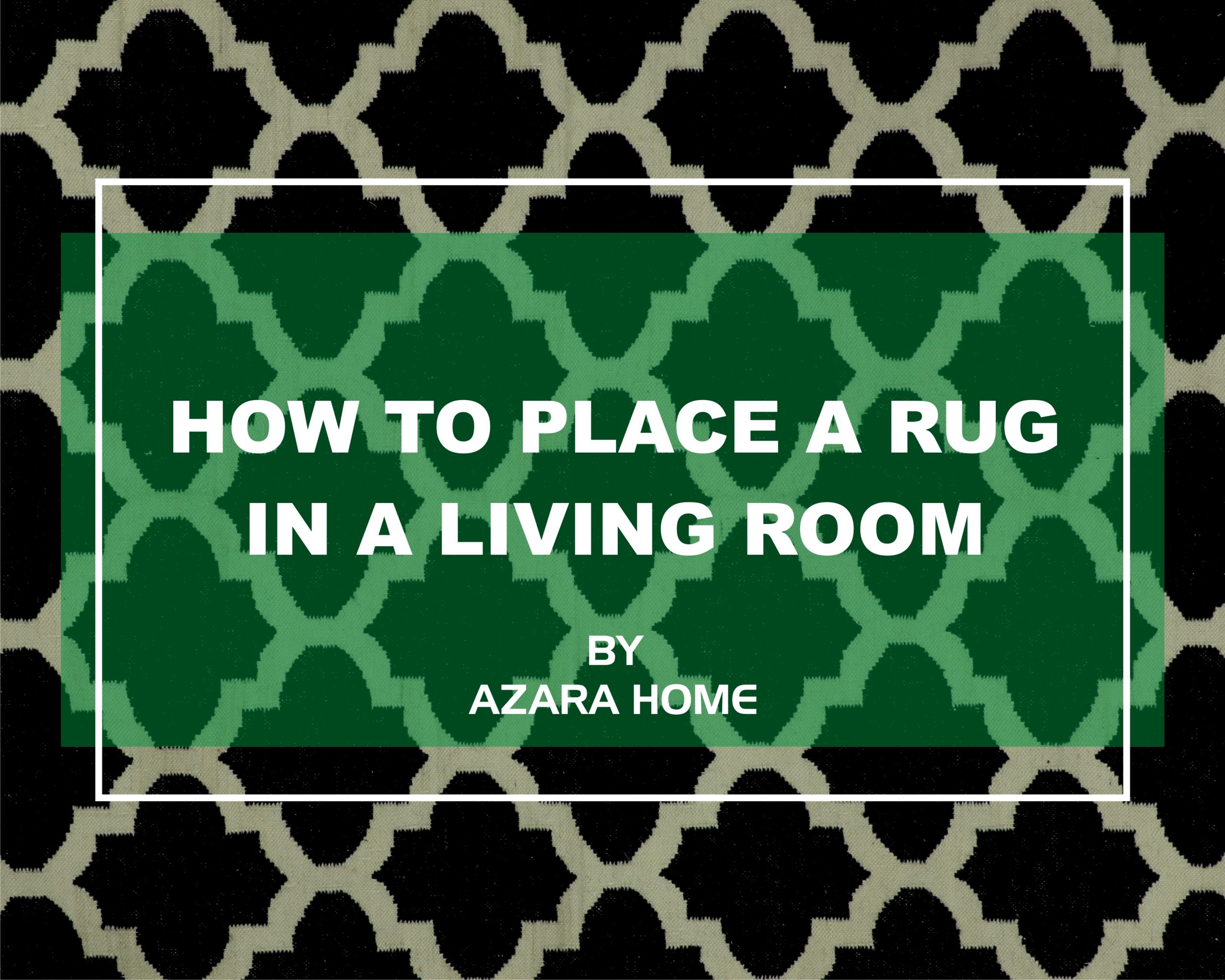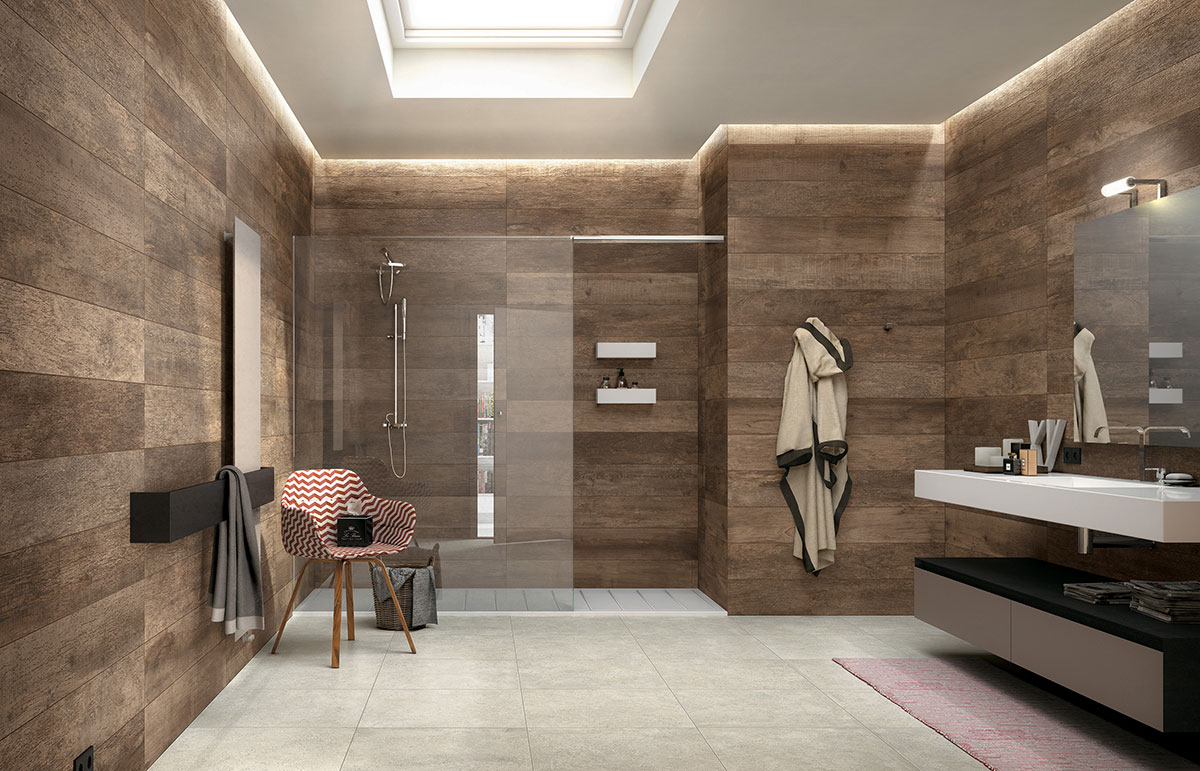Choosing the perfect rug for your kitchen and living room can be a daunting task. With so many options available, it can be overwhelming to try and find rugs that not only complement each other but also tie the two spaces together. Many people wonder if their kitchen and living room rugs should match, and the answer is not a simple yes or no. There are certain do's and don'ts to keep in mind when attempting to coordinate these two rugs. First and foremost, it's important to consider the overall style and design of your home. If you have an open floor plan where the kitchen and living room flow seamlessly together, then it's a good idea to have matching rugs. However, if the two spaces are more defined and have different styles, then mixing and matching rugs might be a better option. Let's dive into some do's and don'ts of matching kitchen and living room rugs.Matching Kitchen and Living Room Rugs: Do's and Don'ts
When attempting to coordinate your kitchen and living room rugs, there are a few key factors to keep in mind. The first is color. You want to make sure that the colors of your rugs work well together and complement each other. This doesn't necessarily mean they have to be the exact same color, but they should be in the same color family. For example, if your living room rug is a deep navy blue, then your kitchen rug could be a lighter teal to create a cohesive look. Another important factor to consider is pattern. If your living room rug has a bold pattern, then your kitchen rug should have a more subtle pattern or vice versa. This will prevent the two rugs from competing with each other and create a more harmonious look.How to Coordinate Kitchen and Living Room Rugs
Pairing rugs for your kitchen and living room can seem like a daunting task, but there are a few easy ways to create a cohesive look. One option is to choose rugs with similar patterns or colors. This will create a sense of continuity between the two spaces. Another option is to choose rugs with different patterns but similar colors. This will add visual interest while still tying the two spaces together. If you're feeling adventurous, you can also mix and match different patterns and colors. Just be sure to stick to a consistent color palette and keep one of the rugs more subtle to avoid overwhelming the space.Creating a Cohesive Look: Kitchen and Living Room Rug Pairings
As mentioned before, the answer to whether your kitchen and living room rugs should match is not a simple yes or no. There are definitely pros and cons to consider when making this decision. One major pro of having matching rugs is that it creates a cohesive and seamless look in an open floor plan. It also makes the space feel larger and more put together. On the other hand, having different rugs in each space can add visual interest and personality to the room. It also allows for more versatility if you decide to switch up your decor in the future.Should Your Kitchen and Living Room Rugs Match? Pros and Cons
1. Stick to a cohesive color palette: Choose rugs with similar colors to tie the two spaces together. 2. Consider the overall style of your home: Make sure the rugs fit in with the overall design of your home. 3. Mix and match patterns: Don't be afraid to mix and match different patterns, just make sure they complement each other. 4. Pay attention to size: Be sure to choose rugs that are the right size for each space. 5. Don't be afraid to experiment: Have fun with the process and don't be afraid to try out different combinations until you find the perfect match.5 Tips for Choosing Matching Kitchen and Living Room Rugs
If you decide to mix and match your kitchen and living room rugs, there are a few things to keep in mind. First, choose a dominant rug for each space. This will be the rug with the bolder pattern or color. Then, choose a secondary rug that complements the dominant rug but is more subtle. This will create a balanced and cohesive look. Another tip is to stick to a consistent color palette. This will tie the two spaces together even if the patterns and styles of the rugs are different.Mixing and Matching: Combining Kitchen and Living Room Rugs
Color and pattern coordination is essential when trying to create a cohesive look with your kitchen and living room rugs. As mentioned before, the colors of the rugs should work well together and be in the same color family. The patterns should also complement each other and not compete. This will create a harmonious and visually appealing space.The Importance of Color and Pattern Coordination for Kitchen and Living Room Rugs
Choosing the right size rug is crucial for both your kitchen and living room. In the living room, the rug should be large enough to fit under all the furniture. This will create a cozy and defined seating area. In the kitchen, the rug should be large enough to fit under the table and chairs. This will prevent the chairs from catching on the edge of the rug and create a more put-together look.How to Choose the Right Size Rug for Your Kitchen and Living Room
Adding different textures to your matching kitchen and living room rugs can add depth and visual interest to the space. For example, a shag rug in the living room can be paired with a flat weave rug in the kitchen. This will create a contrast in textures and add dimension to the overall design.Incorporating Different Textures in Matching Kitchen and Living Room Rugs
To create a seamless transition between your kitchen and living room, consider placing a runner rug in the hallway or doorway that connects the two spaces. This will tie the two rugs together and create a smooth flow between the two areas. Overall, there are many factors to consider when trying to decide if your kitchen and living room rugs should match. It ultimately comes down to personal preference and the style of your home. Whether you choose to have matching rugs or mix and match, following these tips will help you create a cohesive and visually appealing space.Creating a Seamless Transition with Matching Kitchen and Living Room Rugs
Why Kitchen Rugs and Living Room Rugs Should Complement Each Other

Creating a Cohesive Design
 When designing a house, one of the most important factors to consider is creating a cohesive and harmonious look throughout the entire space. This means that each room should flow seamlessly into the next, with consistent design elements that tie everything together. This is where the debate about whether kitchen rugs should match living room rugs comes into play. While some may argue that these two areas are completely separate and therefore do not need to match, there are several reasons why having matching rugs can actually enhance the overall design of your home.
Matching Color Scheme
One of the easiest ways to tie two rooms together is by using a consistent color scheme. When you have matching kitchen and living room rugs, it creates a visual connection between the two spaces. This can be especially beneficial if your kitchen and living room are open concept, as the rugs will act as a transition between the two areas. Plus, having matching rugs can make the space feel more cohesive and put together.
Continuity in Design
Another reason why kitchen rugs and living room rugs should match is that it creates a sense of continuity in the overall design of your home. When you have different rugs in each room, it can create a disjointed and cluttered look. However, when the rugs are consistent, it helps to create a sense of flow and harmony throughout your home. This is especially important if your kitchen and living room are visible from each other, as having matching rugs can make the space feel larger and more cohesive.
When designing a house, one of the most important factors to consider is creating a cohesive and harmonious look throughout the entire space. This means that each room should flow seamlessly into the next, with consistent design elements that tie everything together. This is where the debate about whether kitchen rugs should match living room rugs comes into play. While some may argue that these two areas are completely separate and therefore do not need to match, there are several reasons why having matching rugs can actually enhance the overall design of your home.
Matching Color Scheme
One of the easiest ways to tie two rooms together is by using a consistent color scheme. When you have matching kitchen and living room rugs, it creates a visual connection between the two spaces. This can be especially beneficial if your kitchen and living room are open concept, as the rugs will act as a transition between the two areas. Plus, having matching rugs can make the space feel more cohesive and put together.
Continuity in Design
Another reason why kitchen rugs and living room rugs should match is that it creates a sense of continuity in the overall design of your home. When you have different rugs in each room, it can create a disjointed and cluttered look. However, when the rugs are consistent, it helps to create a sense of flow and harmony throughout your home. This is especially important if your kitchen and living room are visible from each other, as having matching rugs can make the space feel larger and more cohesive.
Practicality and Functionality
 Aside from the aesthetic benefits, having matching kitchen and living room rugs can also be practical and functional. For example, if you have a dark-colored rug in your living room, having a similar rug in your kitchen can help to hide any spills or stains. This is especially important if you have young children or pets who may be prone to making messes. Plus, having matching rugs can also make it easier to clean and maintain your floors, as you can use the same cleaning products and techniques for both rugs.
Aside from the aesthetic benefits, having matching kitchen and living room rugs can also be practical and functional. For example, if you have a dark-colored rug in your living room, having a similar rug in your kitchen can help to hide any spills or stains. This is especially important if you have young children or pets who may be prone to making messes. Plus, having matching rugs can also make it easier to clean and maintain your floors, as you can use the same cleaning products and techniques for both rugs.
Final Thoughts
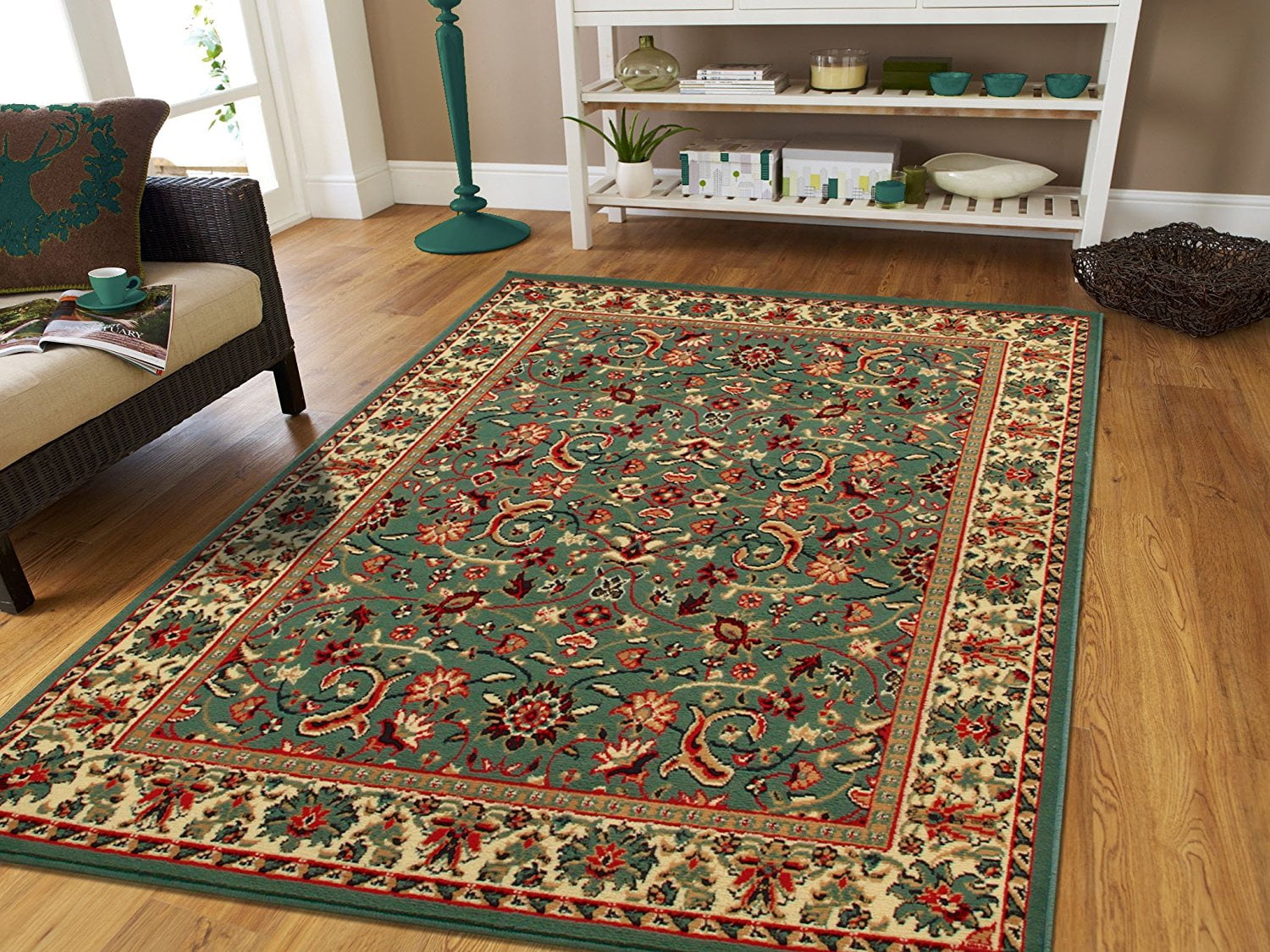 In conclusion, while it may be tempting to have different rugs in your kitchen and living room, having matching rugs can actually enhance the design of your home. By creating a cohesive color scheme, continuity in design, and practicality, having matching rugs can help to tie your entire space together. So, if you're debating whether kitchen rugs should match living room rugs, consider the benefits and see how it can elevate the overall look and feel of your home.
In conclusion, while it may be tempting to have different rugs in your kitchen and living room, having matching rugs can actually enhance the design of your home. By creating a cohesive color scheme, continuity in design, and practicality, having matching rugs can help to tie your entire space together. So, if you're debating whether kitchen rugs should match living room rugs, consider the benefits and see how it can elevate the overall look and feel of your home.
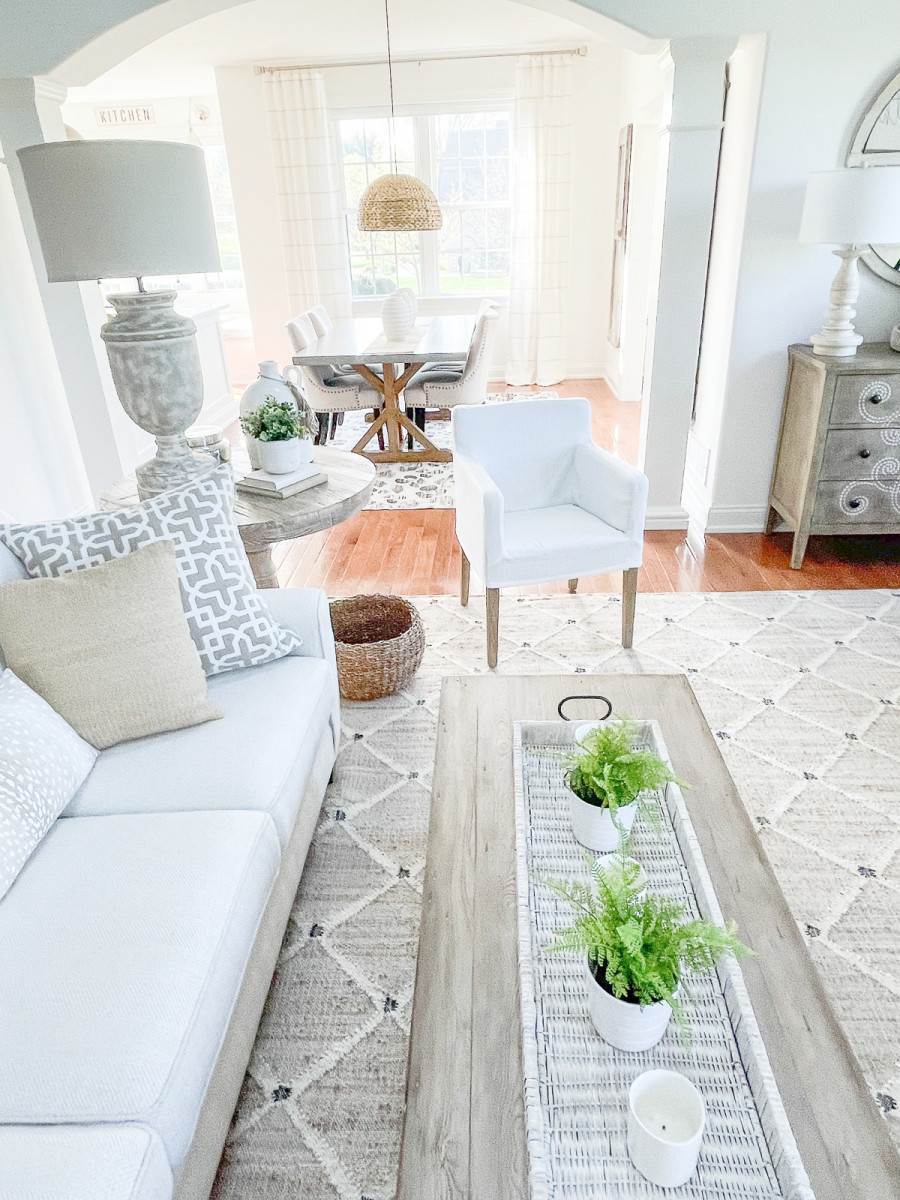
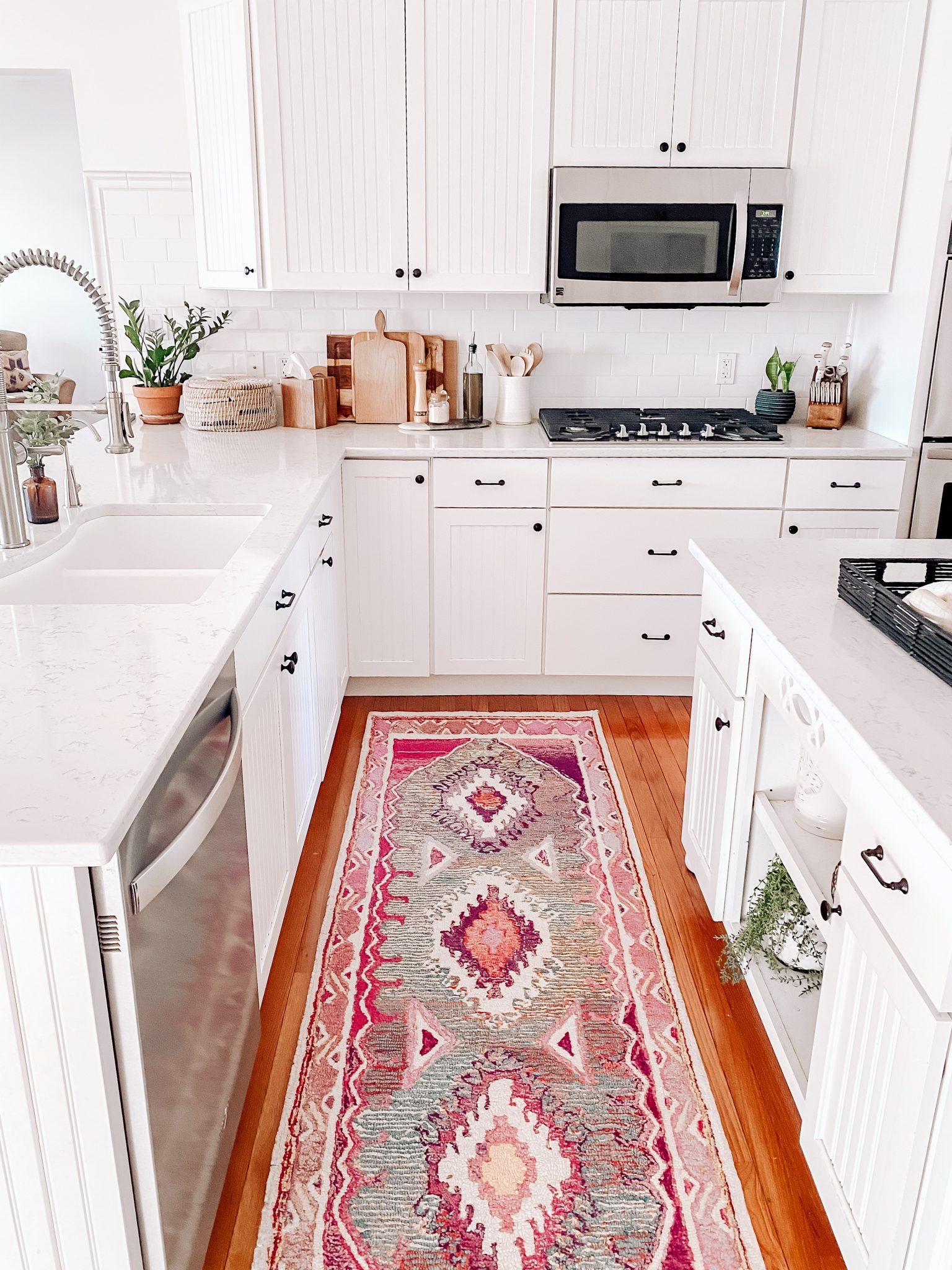
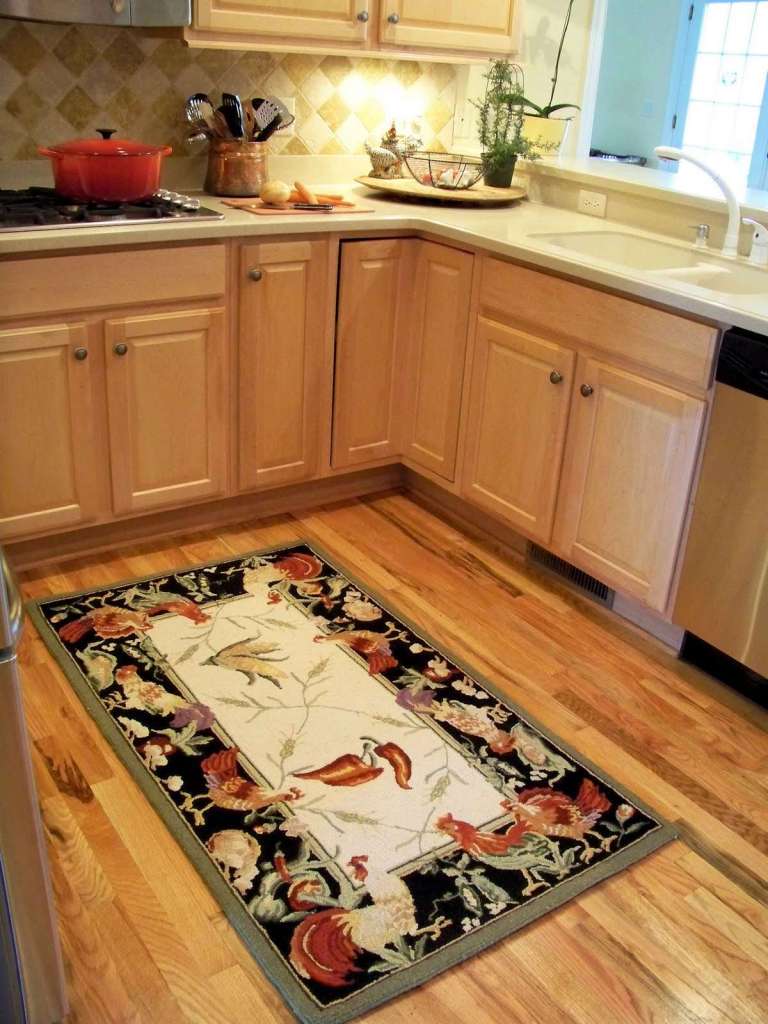
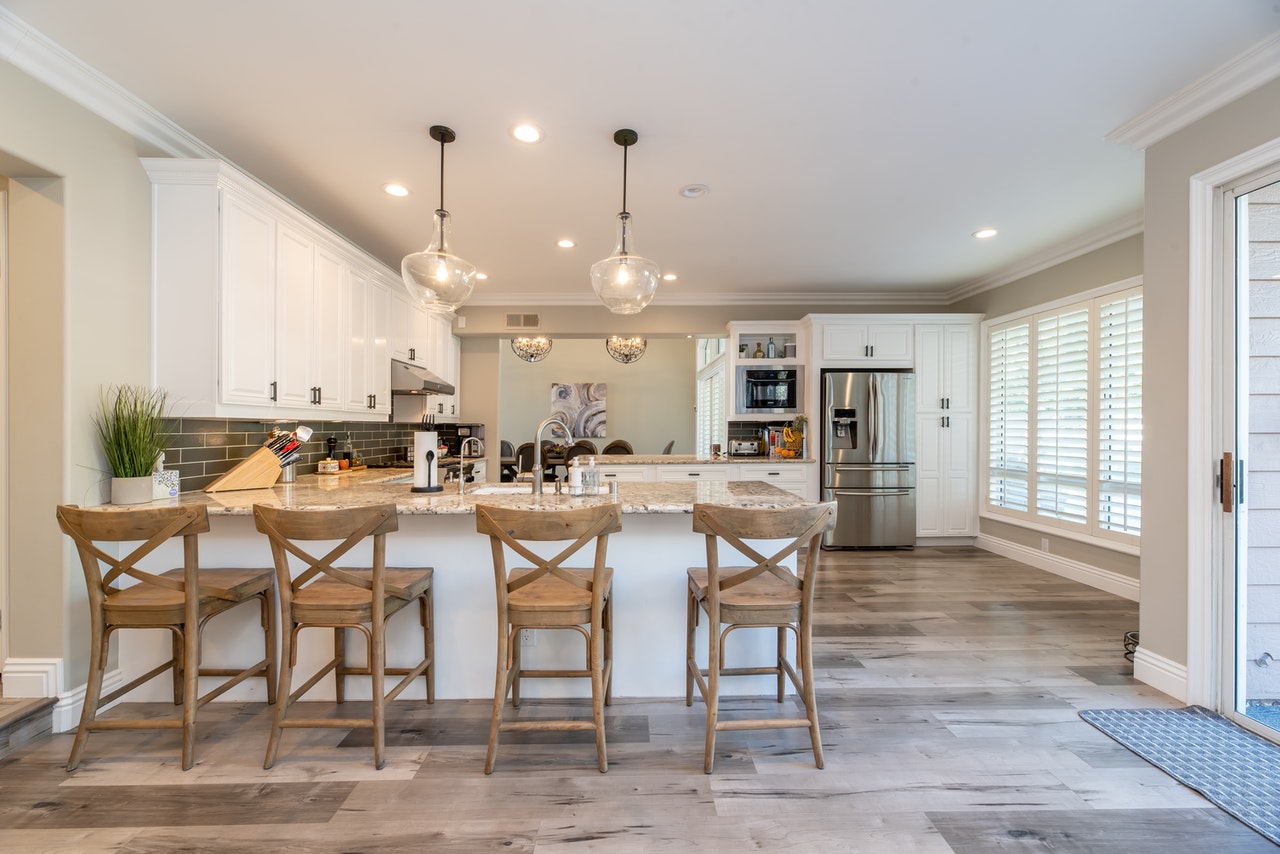

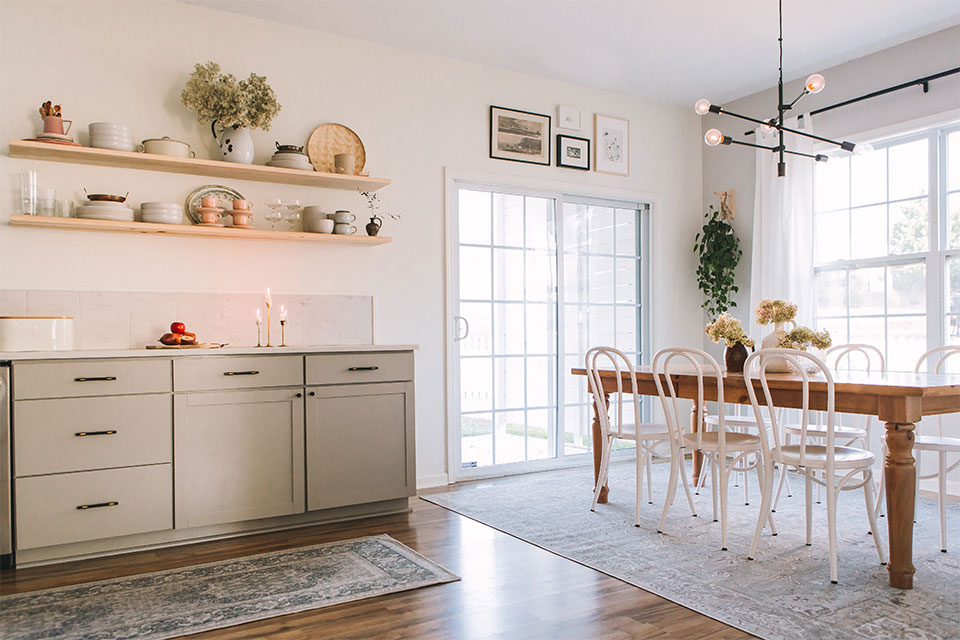





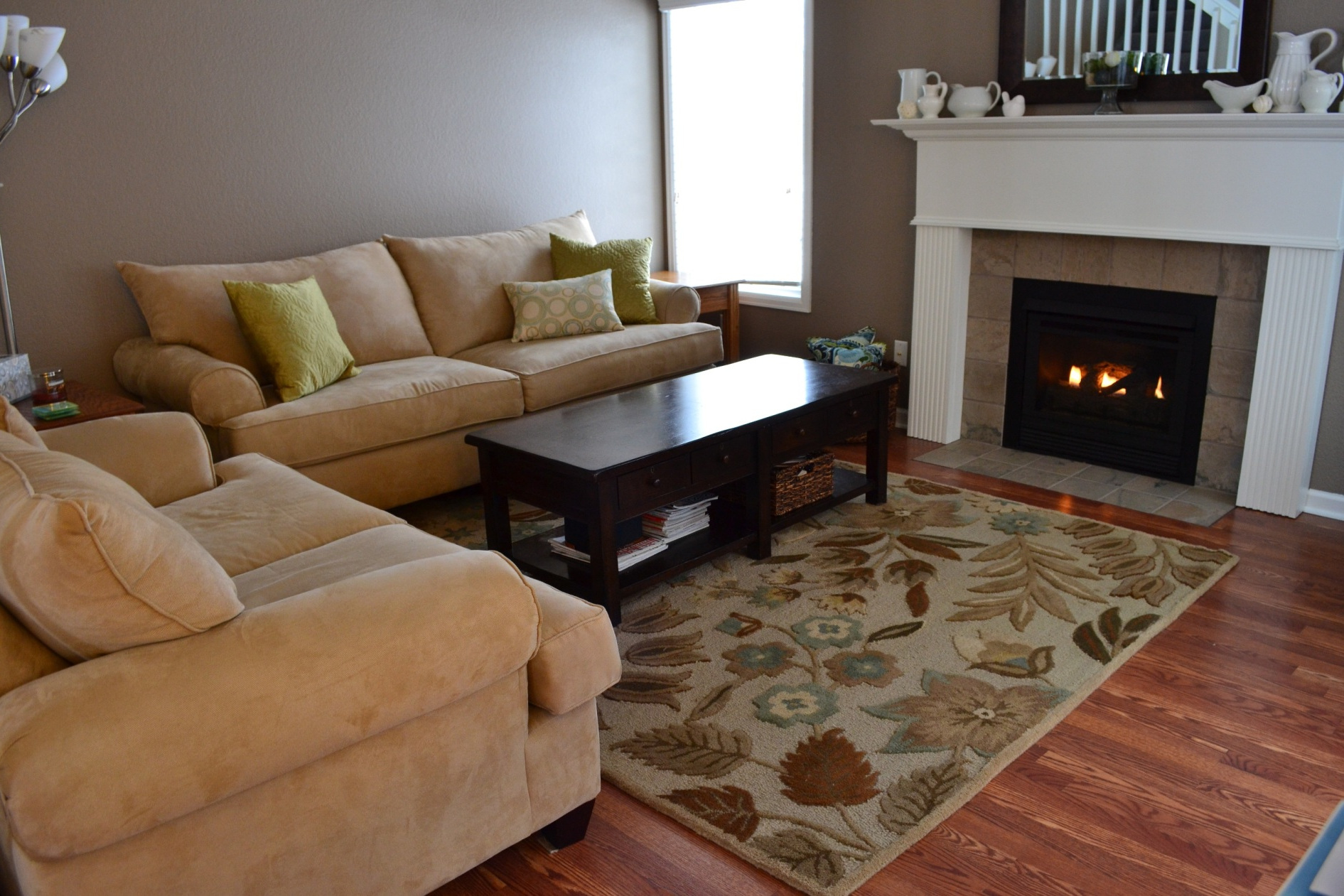
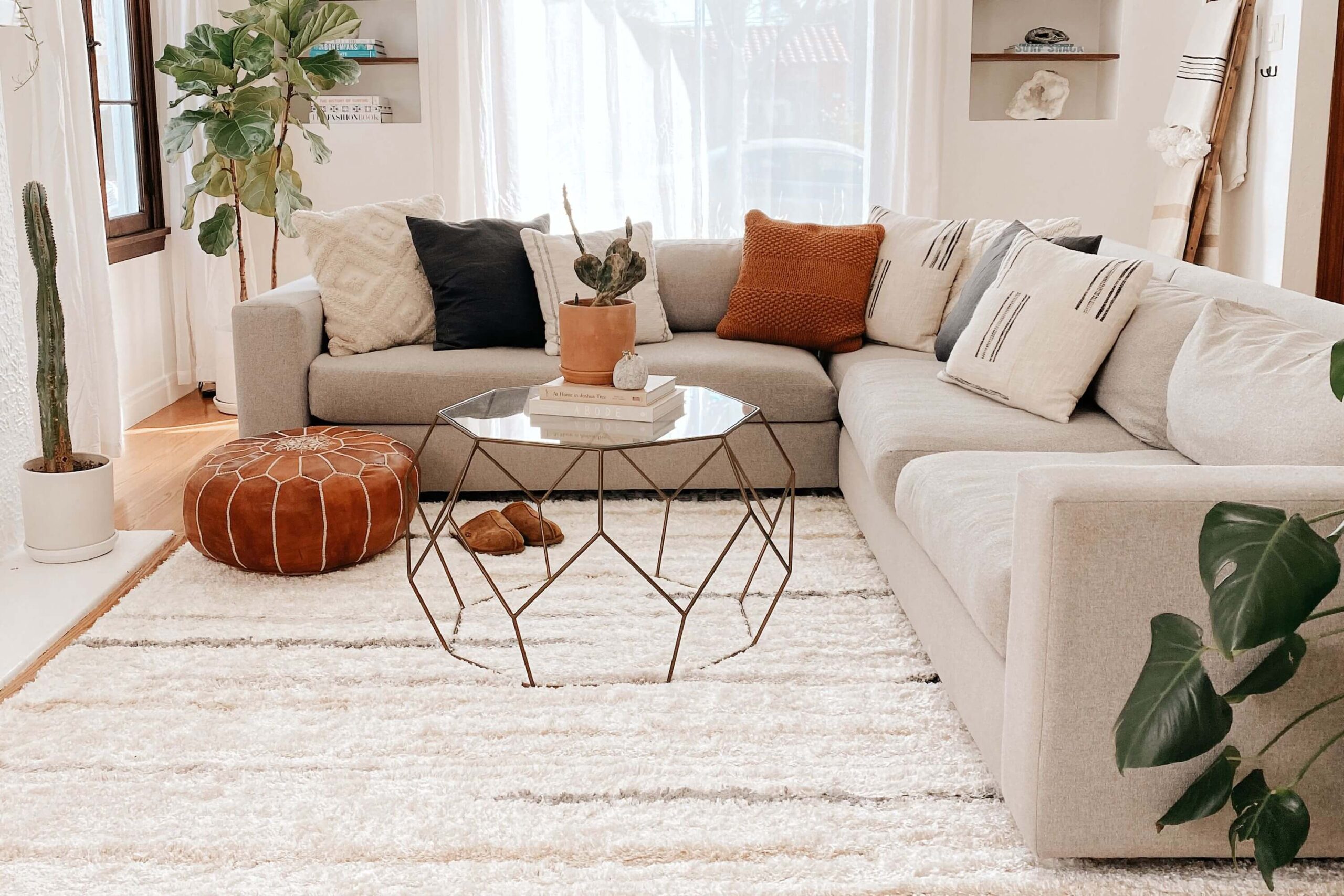



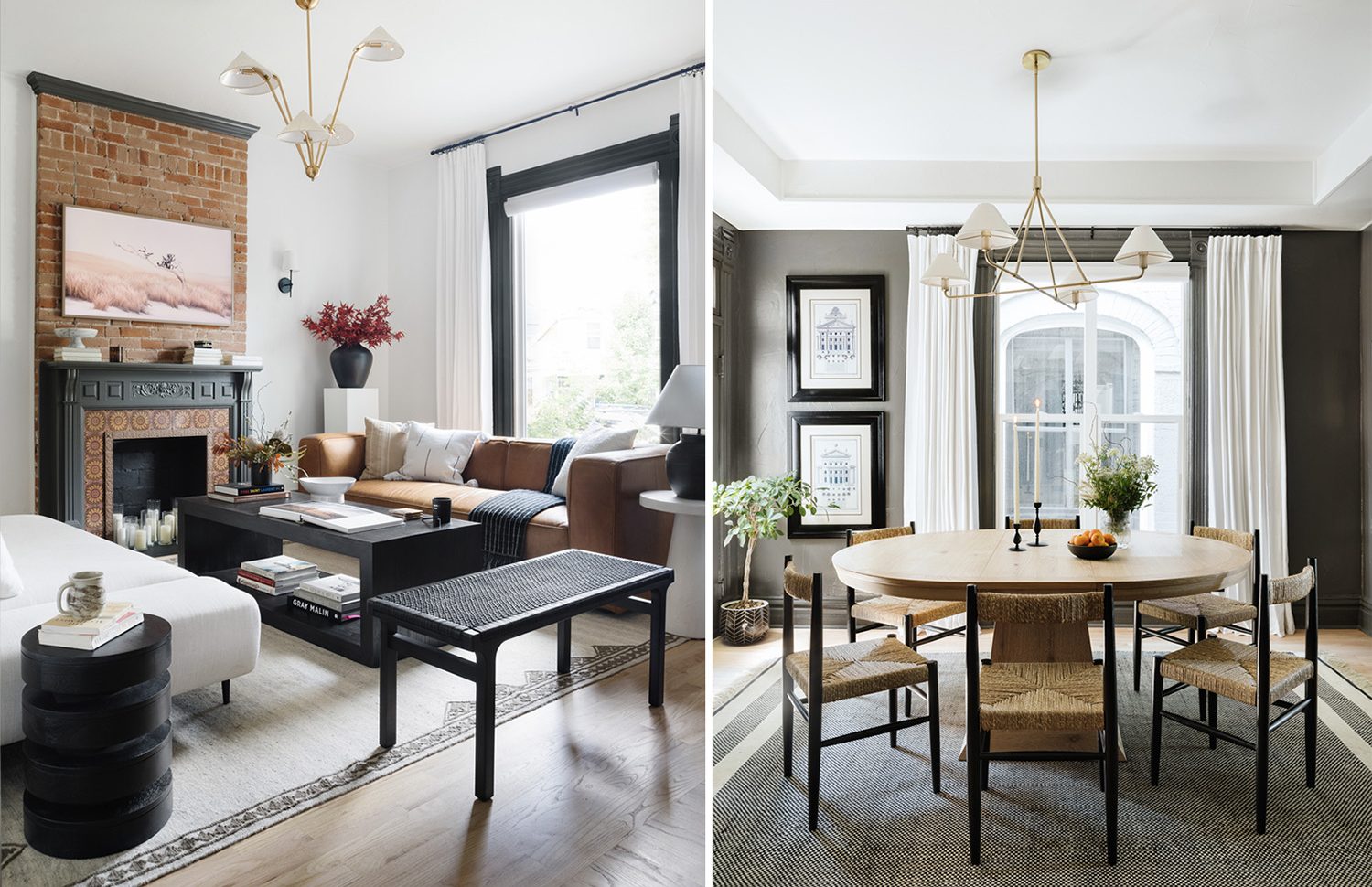
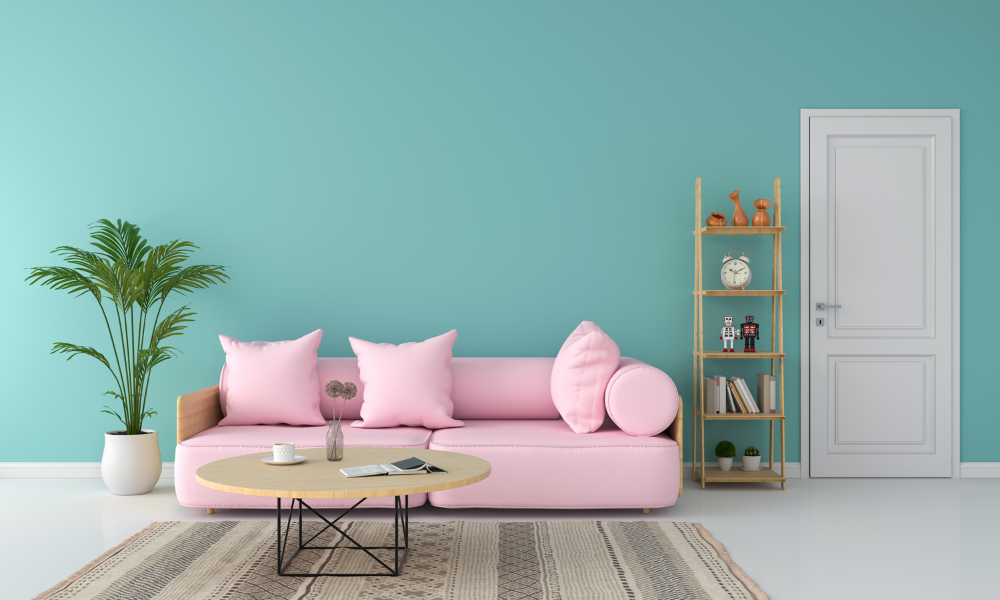


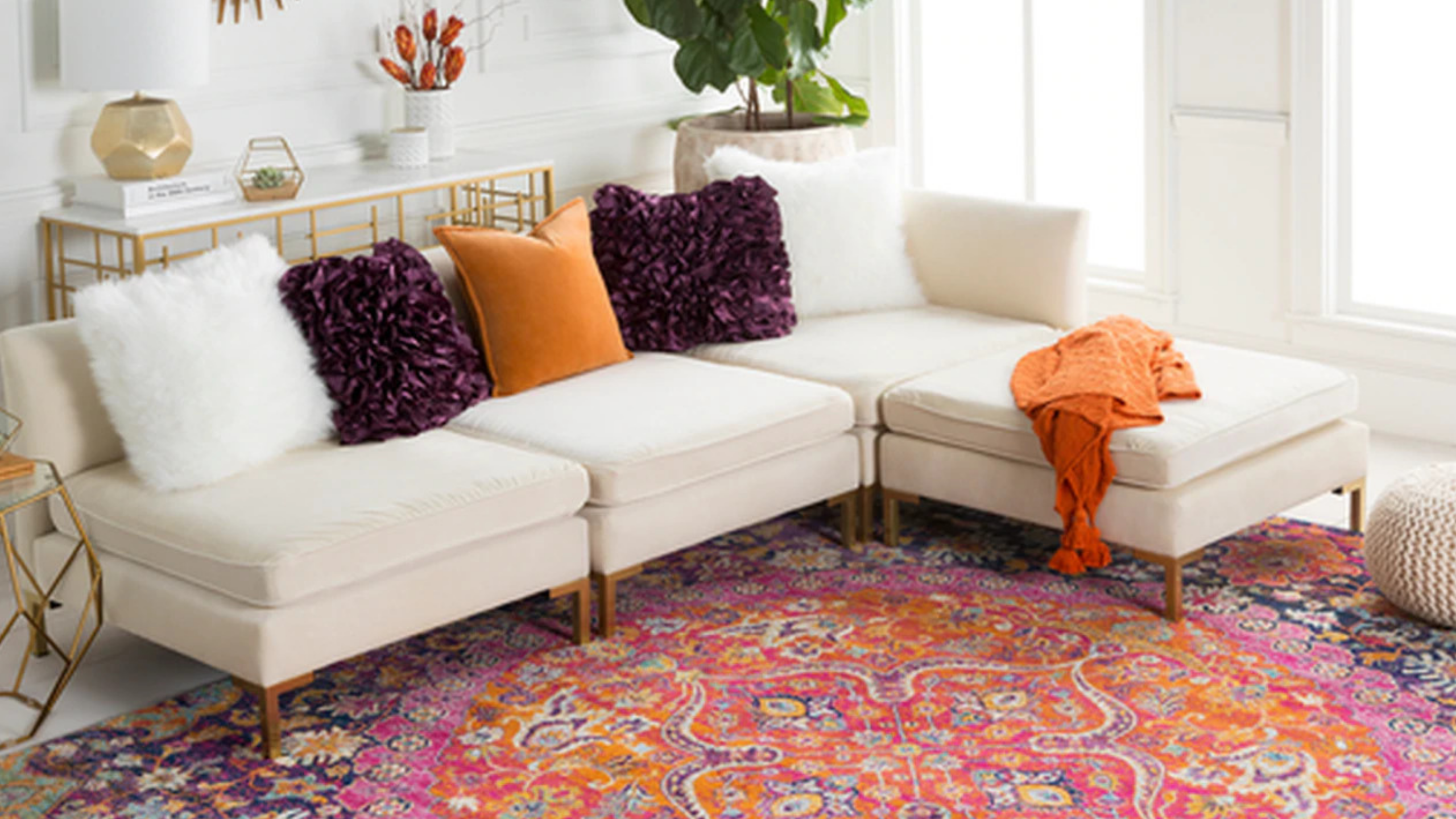

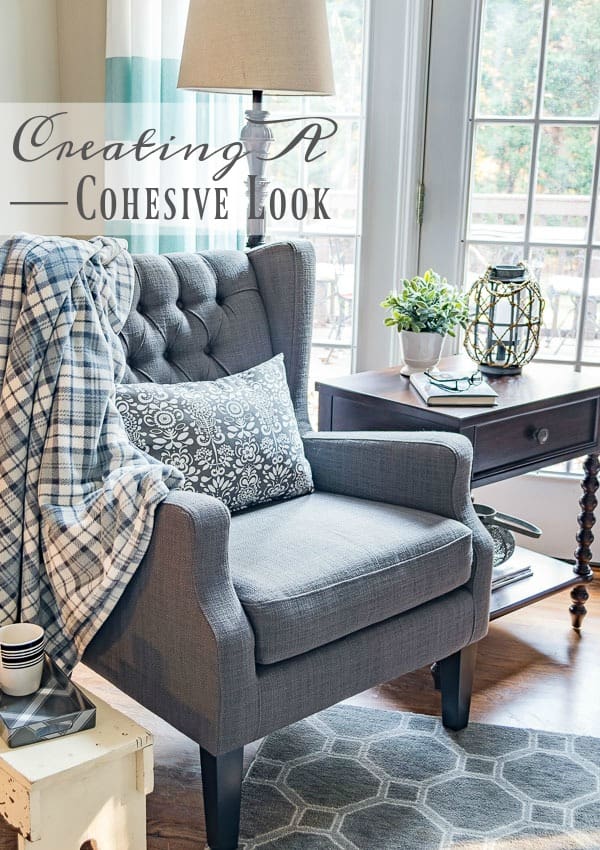





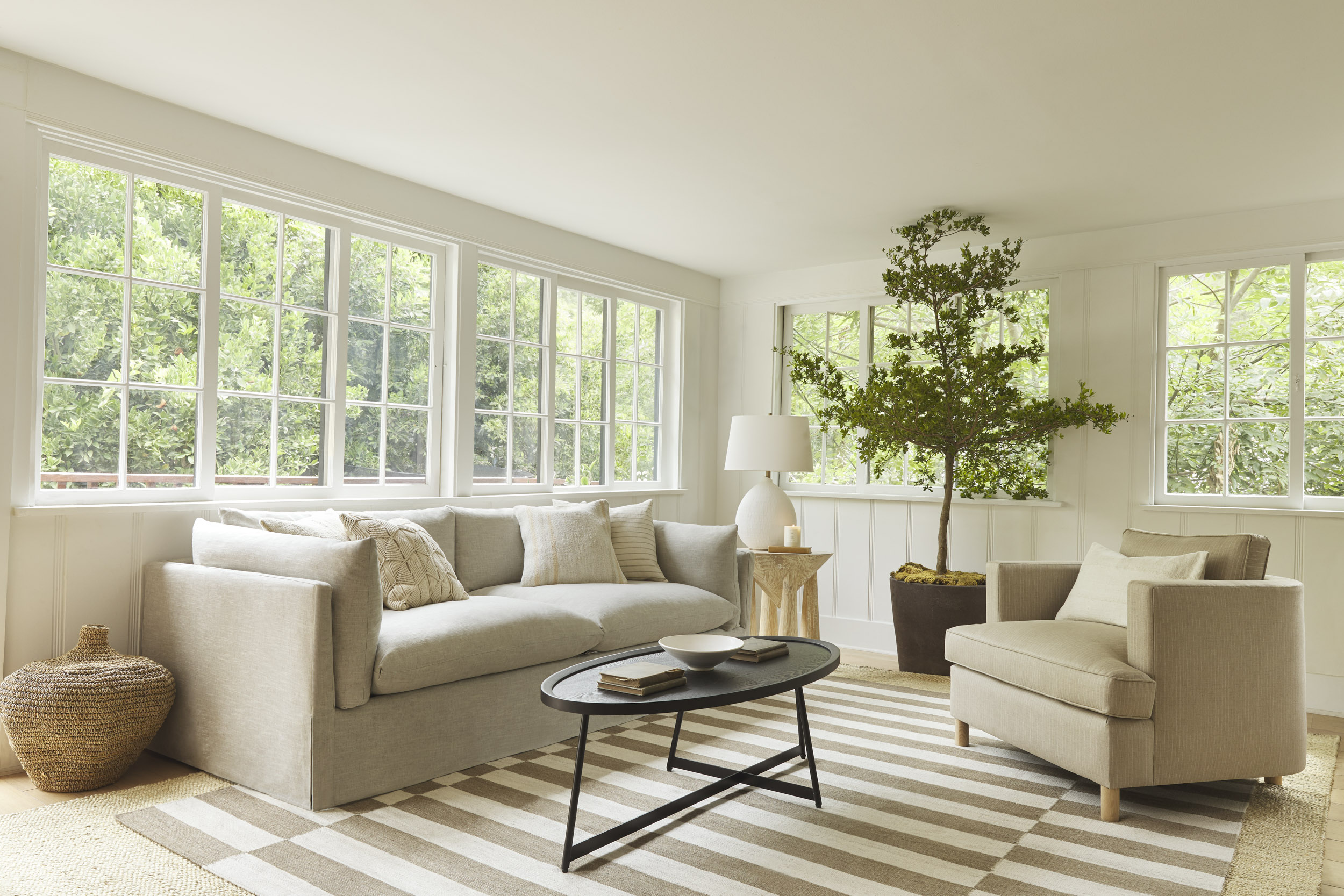
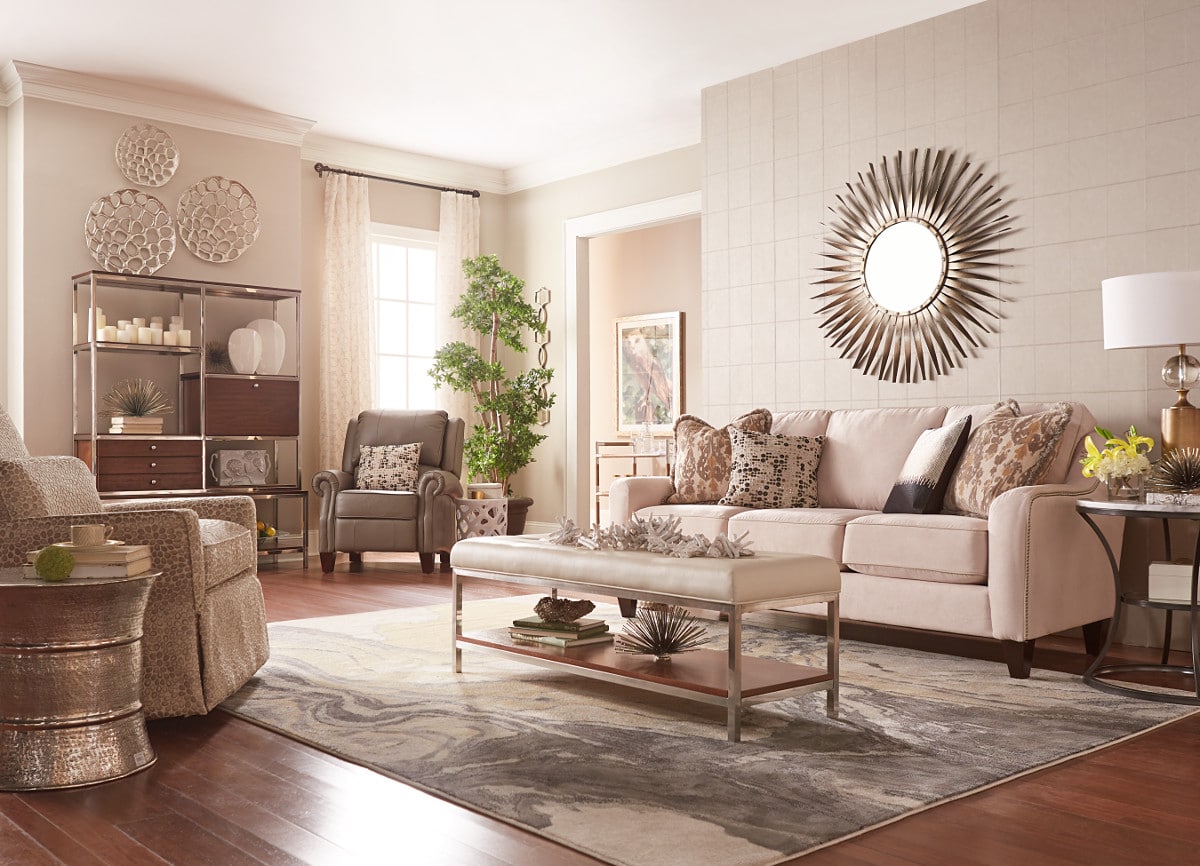




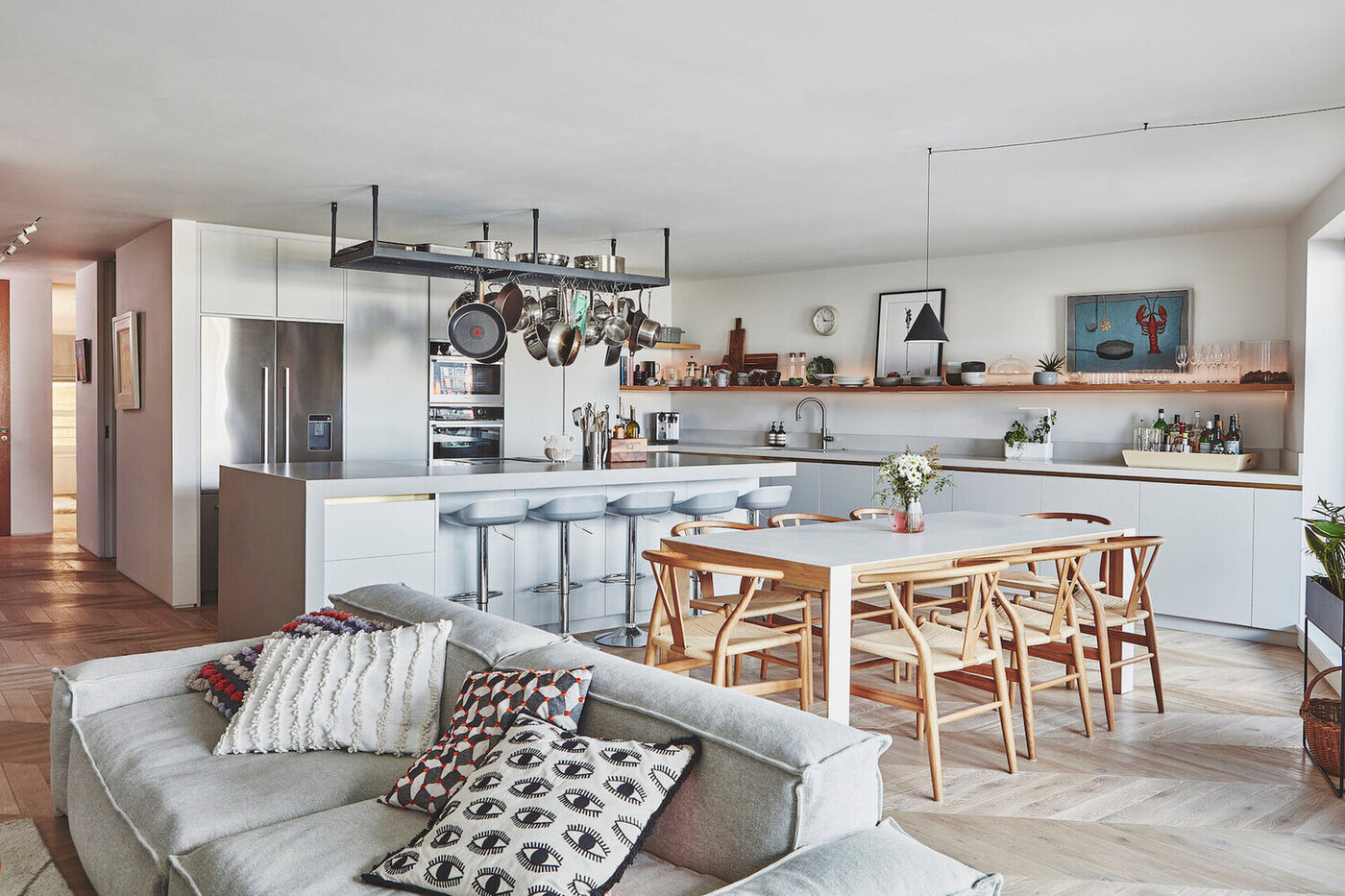



























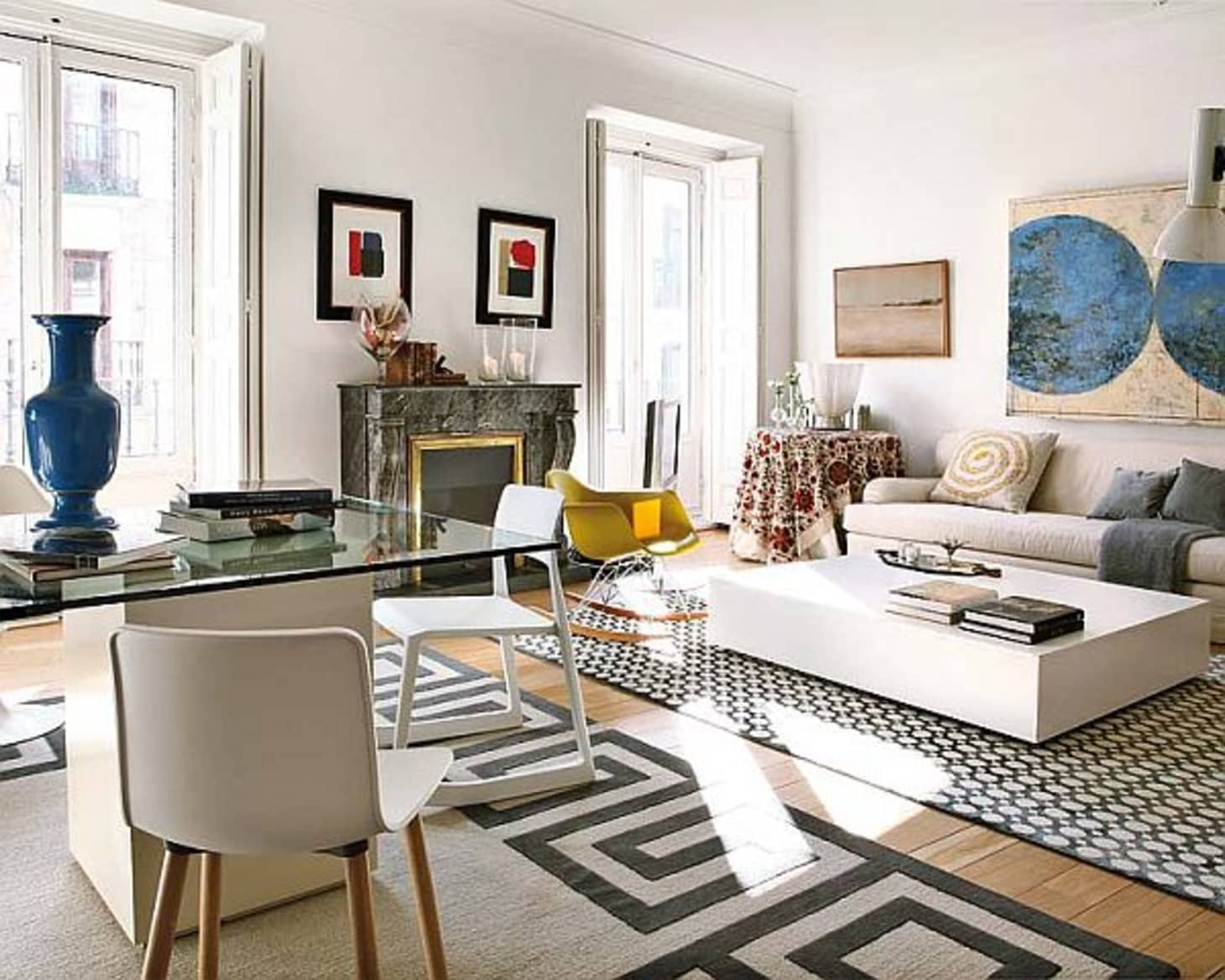
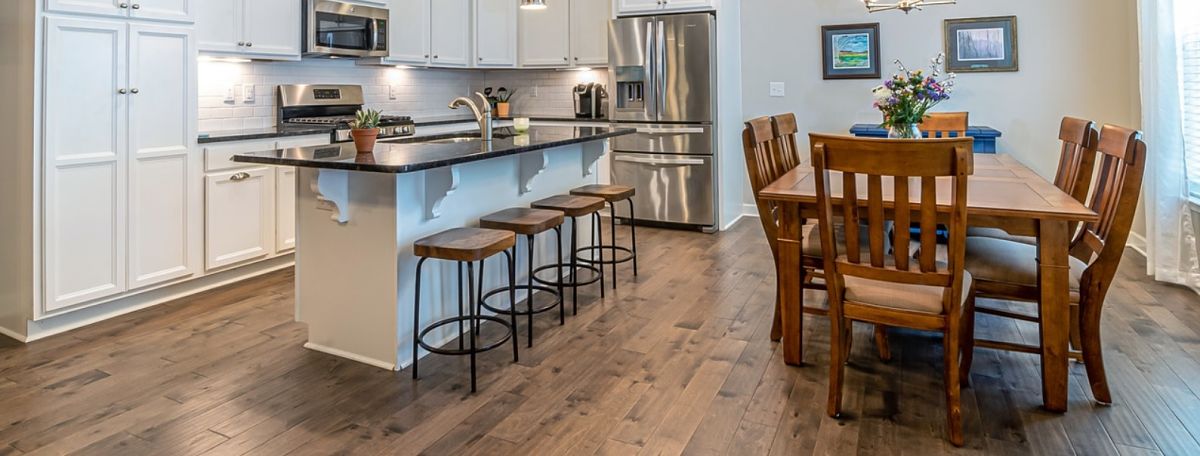




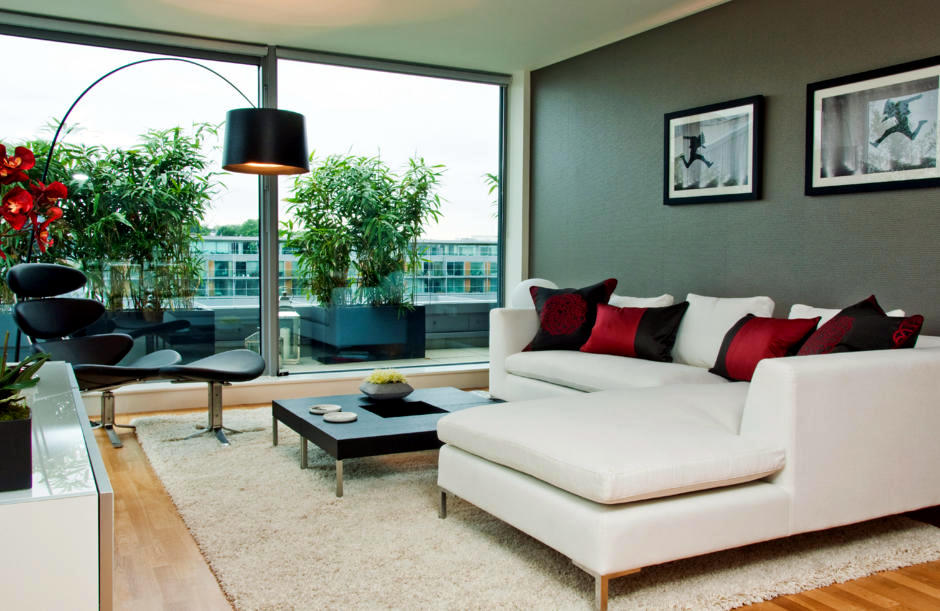


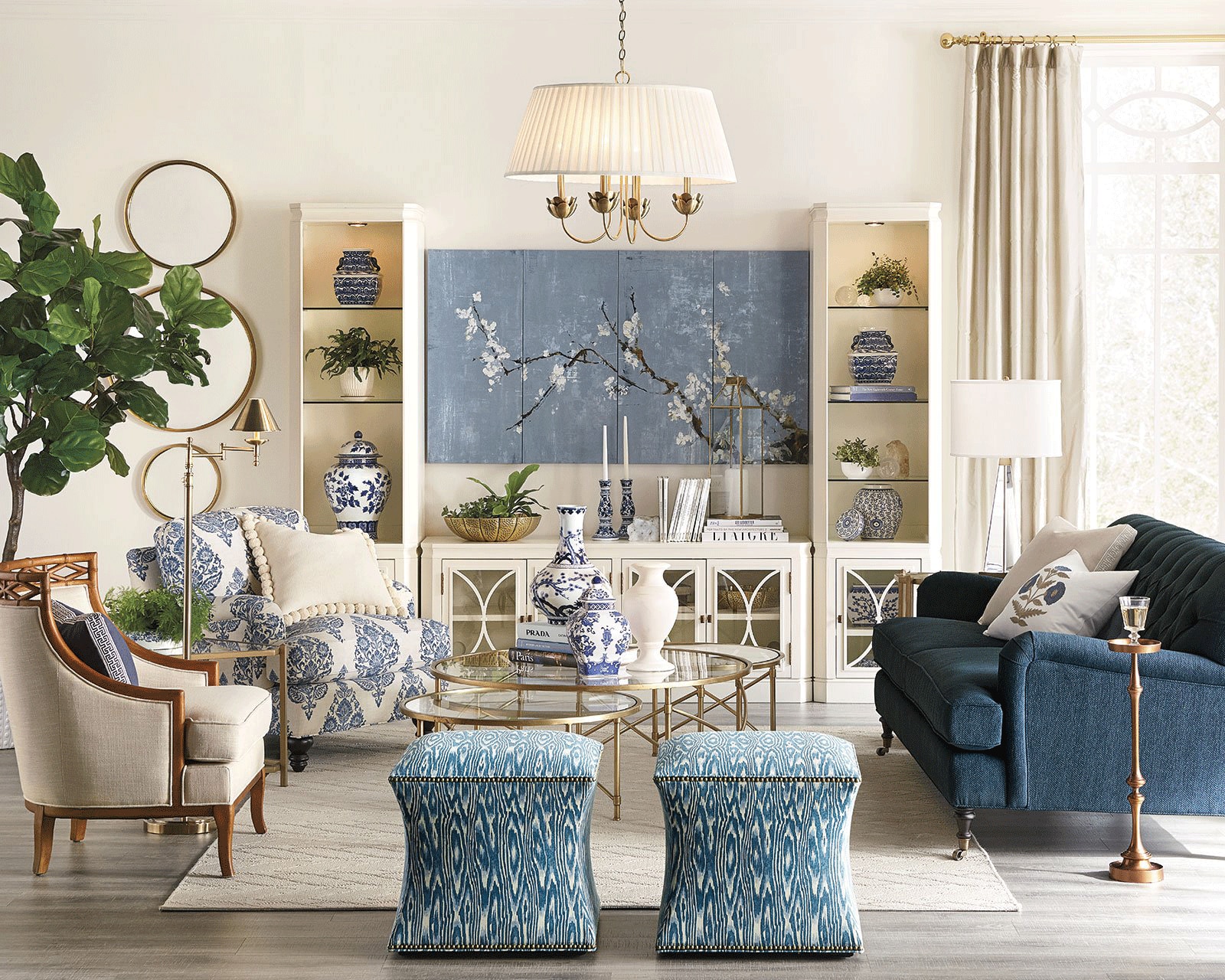


:max_bytes(150000):strip_icc()/living-room-area-rugs-1977221-e10e92b074244eb38400fecb3a77516c.png)

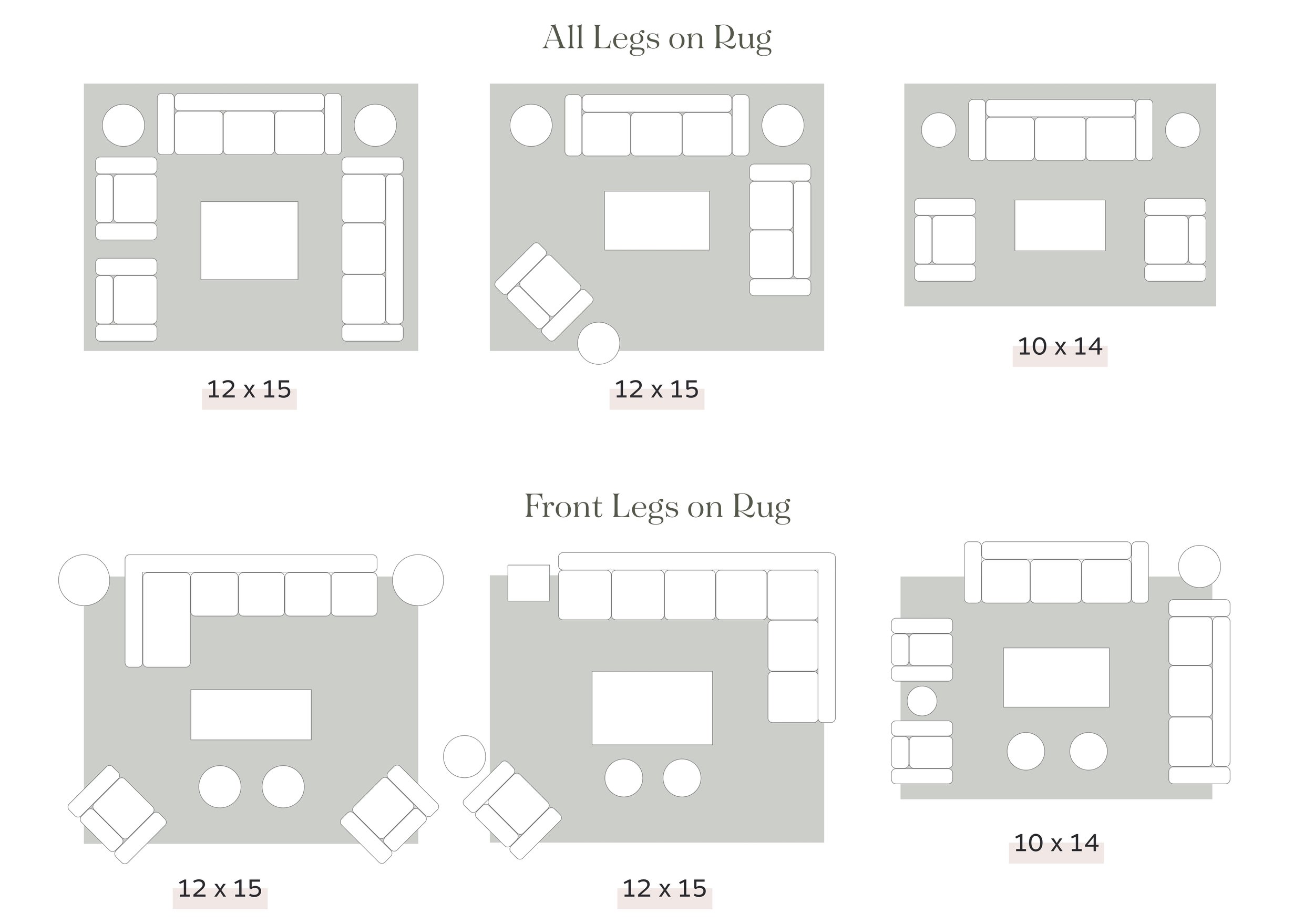


/AmyCooper-MarcellaAlanAfter1-5bef478326874b728b526bac19649802.jpg)








